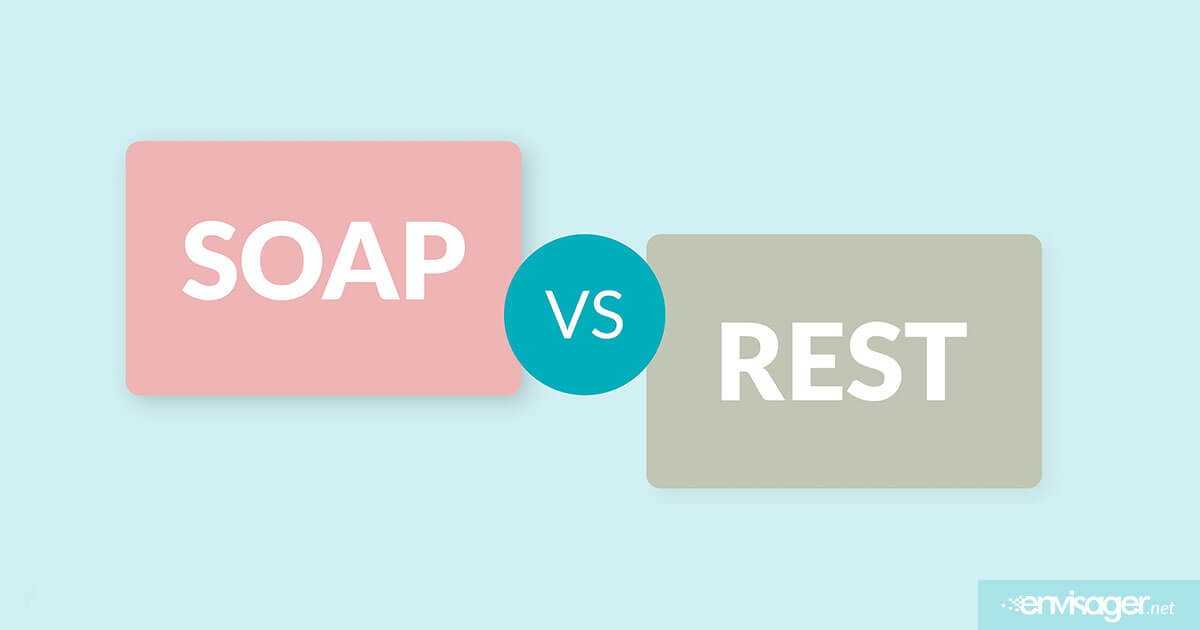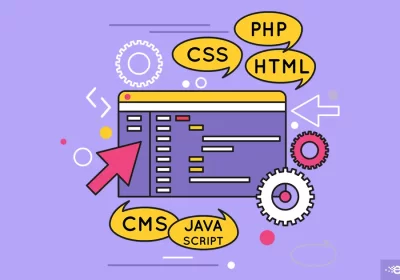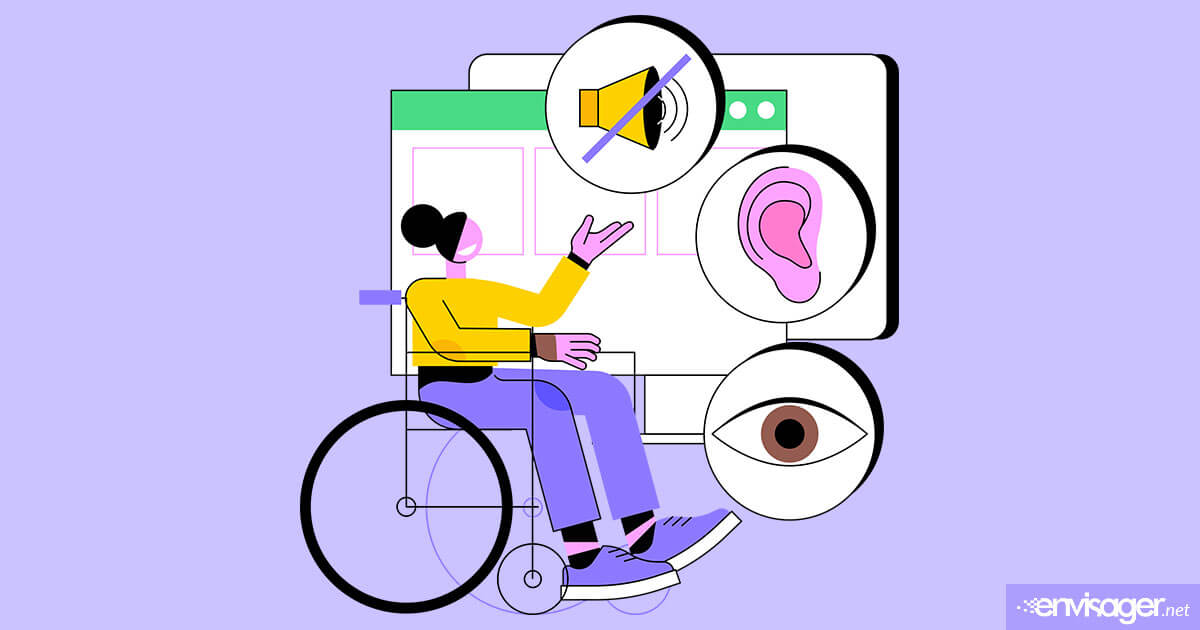Types of Web Services: SOAP and REST

A web service is a standard communication medium between a client on the internet and a server. It performs specific kinds of tasks.
In this article, we briefly discuss 4 basic concepts related to web services.
Web Services Types
There are only two types of web services: SOAP and REST.
However, for everything to work properly, web services must meet minimum requirements. And this is regardless of the programming language the application is written. Let’s look at the individual components.
1. SOAP (Simple Object Access Protocol)
SOAP is an XML protocol. It’s known for transporting XML data in the form of SOAP messages. Given that it’s an independent transport protocol, it has its own security. In contrast to HTML, an XML document follows a very specific structural pattern. In spite of this fact, sending SOAP messages and web services all happens via HTTP (the standard web protocol).
Elements of a SOAP message:
header – contains routing information, i.e the client destination to receive the document
Body – holds the actual message
The image below is a simple example of a SOAP communication:

While the above image is a very simple example of SOAP communication, how will the client know which URL to call? And also, what to send to the request? Because if a service is not found, it can’t be used. Additionally, the client needs to know what the service does in order to invoke the correct web service.
Well, every application serving SOAP requests has a WSDL file. WSDL stands for Web Service Description Language. It’s an XML document that describes the available methods in the web service. It also includes the response types and requests.
SOAP is mostly used in enterprise applications in the legacy code. But the world and applications are moving fast towards RESTful Web Services.
2. REST Web Services
REST stands for Representational State Transfer. It’s a style of software architecture versus a set of rules or standards. he applications which follow this architecture are referred to as RESTful.
Dissimilar to SOAP which targets the actions, REST focuses more on the resources. By using URL, REST locates the resources. But the type of transport protocol (GET, POST, etc.) is important for the actions to be performed on the resources. Based on the URL, REST locates the resources and performs the action per the transport action verb.
You may also enjoy reading: What Is SEO Content Writing? How To Create Content For SEO

Darrel Carpenter
DIRECTOR OF DEVOPS
Darrel brings to the table 10 years of education, more than 20 years of engineering experience, and 3 decades of tireless tinkering. He is our Systems Administrator, Network Engineer and builds all the infrastructure that powers our client’s websites, emails and more. In his off time, he enjoys writing about writes about servers, content management systems, cloud computing, web hosting, and more.


